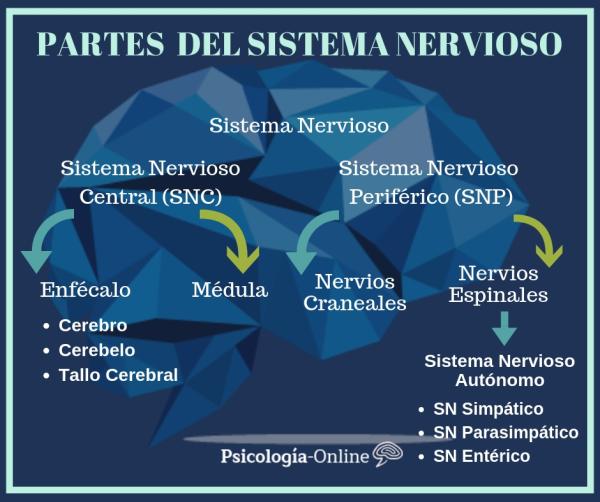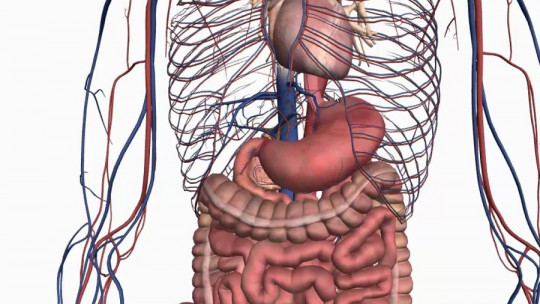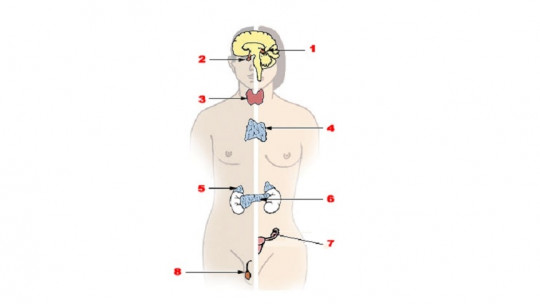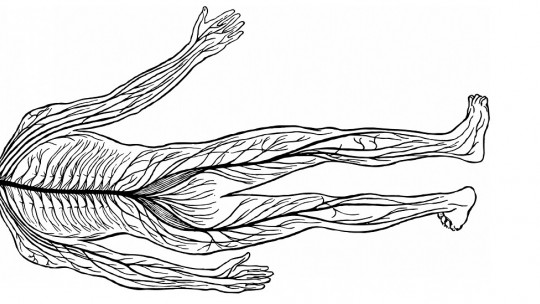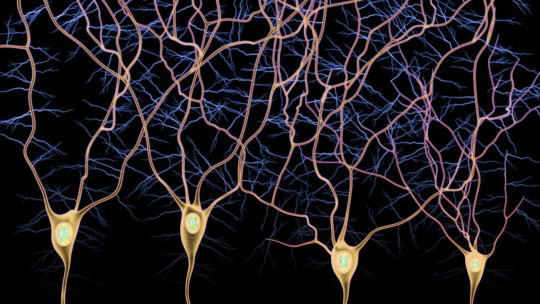
In recent decades, the study and information related to the nervous system has increased considerably. Today, there is a lot of evidence that supports the great importance that this aspect of our body has in our daily lives.
In fact, science shows that the regulation of our nervous system is an essential aspect when we talk about health, both physical and emotional. Furthermore, it has a very important impact on the way we relate to other people, the world and ourselves.
What do we mean when we talk about the nervous system? Why is it important to know it? Does it always remain the same or is it changing? How can we become more aware of our own nervous system? All these questions will be answered throughout this article.
What is the nervous system?
As the author Stephen Porges has demonstrated over several decades studying and perfecting his work, known as Polyvagal Theory, the nervous system is in charge of managing and handling information. In his work, Porges focuses on the study of the autonomic nervous system (ANS). So, we will focus on this one.
Our ANS is responsible for automatically carrying out all the functions of our body that are essential for survival. Digestion, breathing, and heartbeat are examples of this crucial role. In addition, it is responsible for constantly checking whether we are in danger or safety.
All these processes happen unconsciously and involuntarily. Based on the information that our autonomic nervous system registers, it will automatically launch protection or connection responses. All this information is given in the body through changes in our physiological states.
Subsequently, all this information is transmitted to the brain. When this happens, our brain is in charge of interpreting this information, providing a narrative to the story and giving it meaning. To do this, it is based on aspects such as our values, beliefs, past experiences and, of course, our emotional wounds.
Main components
Following the proposal of S. Porges in his polyvagal theory, Today we know that there are three main pathways that make up our autonomic nervous system. Based on the pathway that is activated, the responses will be one or another and, therefore, the story that our brain subsequently generates will also vary.
It is proposed that these three main components are like a ladder by which we “go up” and “go down” throughout the day. In this displacement, depending on the point at which we find ourselves, the experiences and the way of interpreting them go down.
At the top of the ladder, we find the vagal-ventral pathway. This belongs to the parasympathetic pathway of the autonomic nervous system. When we are in this state, our body perceives security. Therefore, social engagement and connection are possible.
The next rung of the ladder, the middle one, is the sympathetic branch of the autonomic nervous system. This is activated when we feel restlessness, anxiety, nervousness… In other words, our nervous system detects danger and launches mobilization responses towards fight or flight.
Finally, at the bottom of the staircase, the vagal-dorsal pathway is activated, which is also part of the parasympathetic branch of the autonomic nervous system. When this happens it is because our body feels that all other resources have failed. Thus, our system activates responses of immobilization, collapse and dissociation.
Why is it important to know it?
Keeping in mind everything that has been explained so far, we can consider that one of the main reasons for knowing our nervous system is the importance it has in the subsequent interpretation of our experiences. As we said, The narrative that our brain gives to what we experience depends, to a large extent, on the state of our ANS.
As if that were not enough, the state of our nervous system also has a strong impact on physical, emotional and mental well-being. When we spend too much time on a step of the ladder, without being able to move along it fluidly, symptoms appear, with greater or lesser intensity, in different areas of a person’s life.
Exercises to know your autonomic nervous system
There are various strategies that we can carry out to begin to know the state of our nervous system. One of the main factors is awareness of our body, our bodily sensations and our physiological state.
For it, We can start by looking for a time of day when we have enough time to dedicate ourselves to ourselves and observe from curiosity, without judgment. In this process, it can be really helpful to ask ourselves questions that serve as a guide and help us look inward. Some of them could be:
Nervous system mapping
The famous social worker Deb Dana has been in charge of disseminating the application of polyvagal theory both in therapeutic processes and in everyday life. Below we will see one of her main proposals, which can be found along with others in detail in her books, to know our autonomic nervous system and its state.
Mapping our ANS also allows us to become aware of the impact it has on the interpretation we make of the world, our relationships and our own person. Carrying out this exercise can be really useful to later identify the state of the ANS more easily.
The main idea is to be able to find an example of each of the rungs of the ladder (it is recommended to start with the middle or the end, but always leaving the regulated state – the vagal-ventral pathway – for last). It is about looking for examples that allow you to connect with the energy of each state, without being overwhelming or overflowing.
Once each situation has been identified, the author proposes asking ourselves what bodily sensations we are feeling, if we can associate a color with that state, how we perceive the world and how we perceive ourselves.
As an example, when trying to connect with the energy of the sympathetic branch (mobilization to action) we could think about a day when we are late for somewhere and we run to the bus stop, for example, because we see that it is approaching and We don’t want to lose it. If this becomes overwhelming for the person, a less intense situation should be found.

